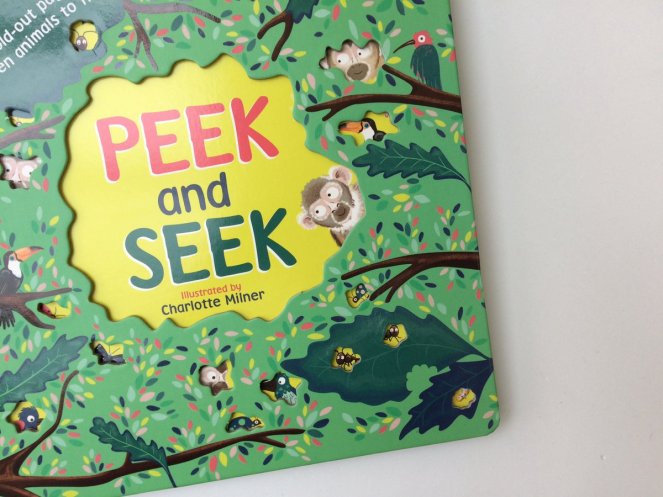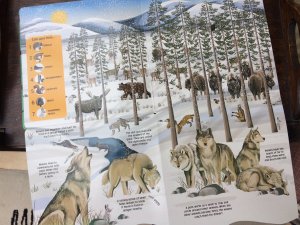Review: Grandma Bird by Benji Davies
Noi isn’t at all sure about spending summer at Grandma’s. She lives on a remote island and never has time to play. Then Noi finds a bird stranded at sea and gets caught up in the waves. Only Grandma Bird knows what to do.
A stunning picture book about family and friendship.
Adults are pushed for time. In the modern world, there is an increasing amount of pressure to be on the go from dawn until dusk, and the rise of technology has seen a decline in the concept of clocking off. Even when we’re at home, we might be expected to answer a phone call or an email.
Children are competing with work, overtime, and technology for adult attention. While most children don’t have a Grandma who lives on a rock at sea, they will certainly relate to the themes of the story. Sometimes it must be hard not to feel ignored and unwanted.
Grandma Bird teaches us, in a touching way, that people don’t have to be available 24/7 to have their loved ones’ backs. When Noi is in trouble, Grandma Bird is straight to the rescue.
I love Benji Davies’s work and have collected his picture books since The Storm Whale came out. There is something special about his remote and homely settings. They are books of adventure and shelter and family. I love the wide vistas, which are as likely to be populated with animals as people. The color-pallette is that of nature – soft greys and blues.
love Benji Davies’s work and have collected his picture books since The Storm Whale came out. There is something special about his remote and homely settings. They are books of adventure and shelter and family. I love the wide vistas, which are as likely to be populated with animals as people. The color-pallette is that of nature – soft greys and blues.
There is a sense of security and love in his worlds. His protagonists are not afraid to venture away from home, but we know they are loved and looked out for.
After the success of Davies’s first books, this will doubtless be on many Christmas lists. I can’t think of a better story to share as the nights are closing in.
Thanks to Simon and Schuster UK for my early copy of Grandma Bird. Opinions my own.



 The short facts on each spread will encourage reading skills and help children to take an interest in wildlife. With more people than ever out of touch with nature, it is important that we use books and media to pass on our knowledge and vocabulary of the natural landscape.
The short facts on each spread will encourage reading skills and help children to take an interest in wildlife. With more people than ever out of touch with nature, it is important that we use books and media to pass on our knowledge and vocabulary of the natural landscape. 







 The introductory letter explains how Kate Wilson of Nosy Crow publishers was gifted a volume of poetry as a child. Although she read and reread the book for years to come, the lack of illustrations meant that her initial reaction was not one of enthusiasm. I Am The Seed … is designed to be attractive to the very youngest readers. Its illustrations are bright, bold and take up every single space. Gone are the terrifying pages of black and white. This is a book to pour over. To enjoy. To share.
The introductory letter explains how Kate Wilson of Nosy Crow publishers was gifted a volume of poetry as a child. Although she read and reread the book for years to come, the lack of illustrations meant that her initial reaction was not one of enthusiasm. I Am The Seed … is designed to be attractive to the very youngest readers. Its illustrations are bright, bold and take up every single space. Gone are the terrifying pages of black and white. This is a book to pour over. To enjoy. To share.